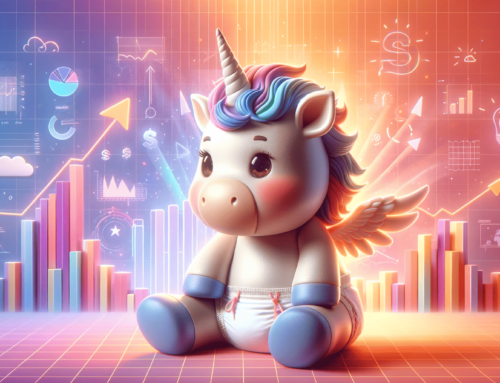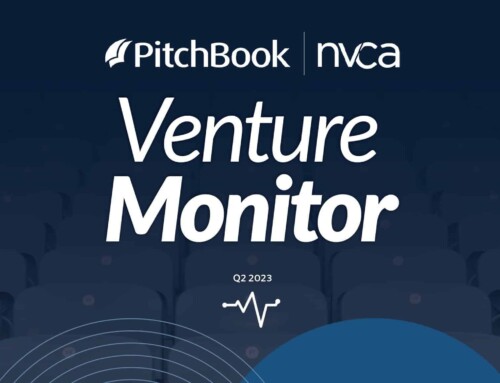Case Study: Anki – Revolutionizing the Toy Industry with AI
I’m reminded by Anki by an old set still sitting around and wondering what really happened to Anki, the startup?…
Introduction
Anki, a San Francisco-based robotics and artificial intelligence company, was co-founded by Boris Sofman, Mark Palatucci, and Hanns Tappeiner in 2010. With their first product, Anki Drive, an AI-based race car game, Anki sought to leverage advancements in technology to revolutionize the toy industry.
Situation
Anki Drive, launched in 2013, was a hit product. It combined physical race cars with an iOS application that allowed players to control their cars and compete against both AI and human opponents. The unique selling point of Anki Drive was its AI system, which enabled the cars to learn and adapt to the way players used them.
Anki followed this success with another product, Cozmo, in 2016, a small robot with personality traits that could recognize and interact with its owner. Cozmo was another big hit and was one of the top-selling toys of 2017.
Despite these successes, by 2019, Anki found itself facing financial difficulties and was forced to close down. This was a surprise to many given the innovative nature of their products and their initial commercial success.
Problem
While Anki’s products were innovative and well-received, the company faced significant challenges:
- High production and development costs: The development and manufacturing of AI toys is expensive, especially given the high level of technology involved.
- Pricing: Due to the high production costs, Anki’s products were priced higher than most traditional toys, making them less accessible to a broader market.
- Competition: The toy industry is fiercely competitive with large, well-established players. Additionally, Anki was not only competing with other toy manufacturers but also with video game companies and other tech gadget producers.
- Investment and funding issues: Anki relied heavily on venture capital funding. When they struggled to secure additional funding in 2019, they had to shut down operations.
Discussion
Anki’s experience raises several key questions for discussion:
- Market Positioning: Did Anki position its products in the best way, considering their high cost and the competition from both traditional toys and other tech gadgets?
- Business Model: Was Anki’s reliance on external funding a fundamental flaw in their business model? Could different strategies have been implemented to ensure financial sustainability?
- Product Development: Did Anki expand its product line too quickly without first ensuring the financial success of its existing products?
- Future of AI in the Toy Industry: Despite Anki’s closure, do their innovative products indicate a promising future for AI in the toy industry?
Conclusion
Anki’s story is a cautionary tale about the challenges faced by startups in the high-tech toy industry. While their innovative products received high praise and initial commercial success, the company faced significant financial difficulties. Their journey provides valuable lessons for other startups about the importance of careful market positioning, sustainable business models, and strategic product development.
Do you have any thoughts or experiences with Anki?








I have a box in the garage with a double set of the Anki cars and track. We were so excited to get it that Christmas, but the allure of the product faded quickly for the kids despite the cool new features of the cars. Interestingly, I don’t remember being aware of any adaptive AI features of the cars. The big thing was the ability of your car to fight another car. The point was to play with other people not against the machine. If you were solo, then a console or online game would be a better cheaper choice. I spent close to $600 on the double set. It would be interesting to learn more about their level of follow on sales after the initial purchase. Was it a sustained revenue stream or a one and done.
Indeed Greg. I’d gotten a set for the employees at work, but it didn’t really catch on. Not sure why. And I wasn’t aware of any future revenue streams.